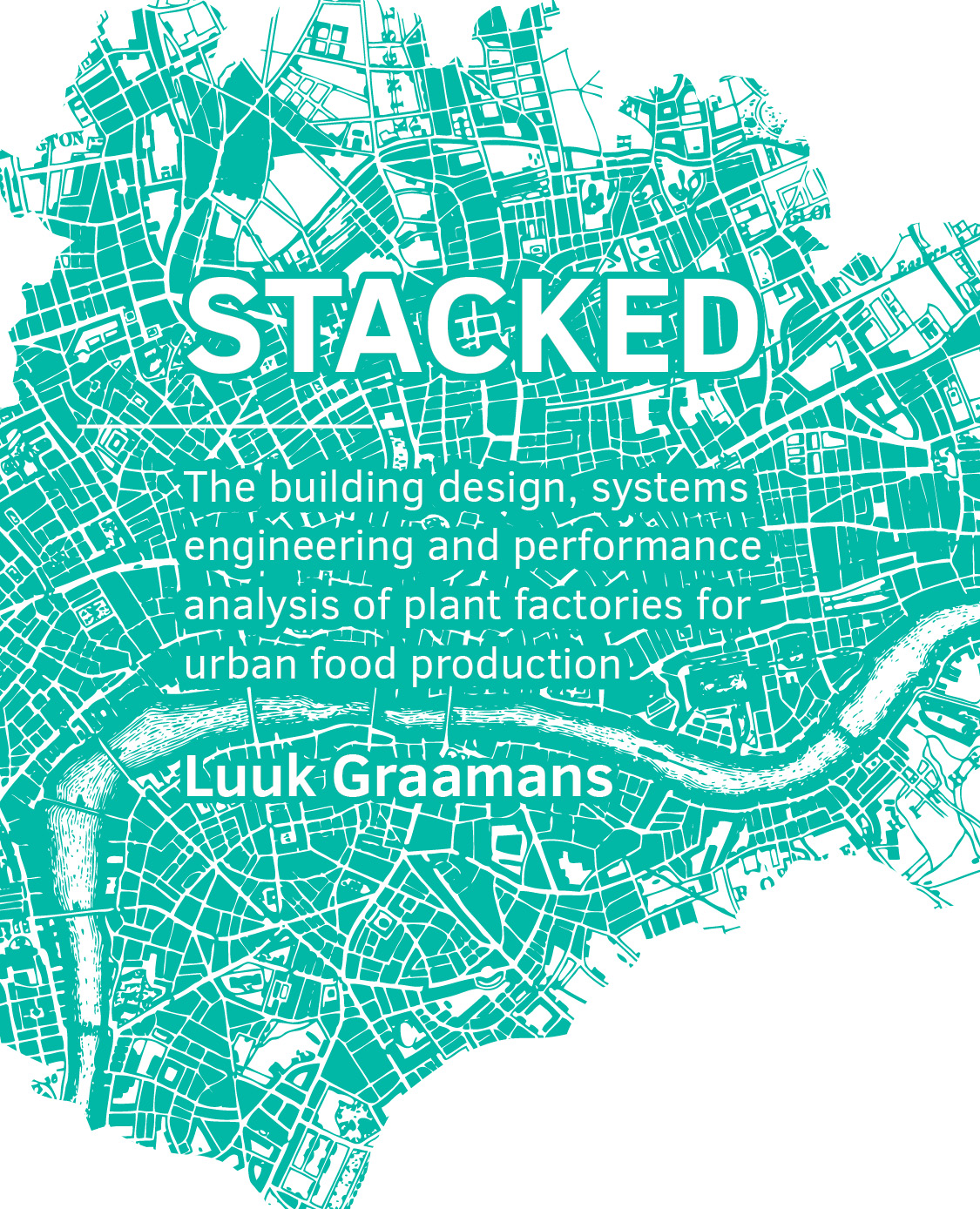STACKED
The building design, systems engineering and performance analysis of plant factories for urban food production
DOI:
https://doi.org/10.7480/abe.2021.05.5666Abstract
Expanding cities across the world rely increasingly on the global food network, but should they? Population growth, urbanisation and climate change place pressure on this network, bringing its resilience into question. For decades urban agriculture has been discussed in popular media and academia as a potential solution to improve food security, quality and sustainability. The new idol in this discussion is the plant factory: A fully closed system for crop production. Arrays of LEDs provide light and hydroponics provide water and nutrients to vertically stacked layers of crops, hence the term vertical farming. The plant factory features more extensive climate control than high-tech greenhouses. The question remains whether this level of climate control is necessary, effective and/or efficient. The scope of this research is therefore to investigate the potential and limitations of plant factories for urban food production. The STACKED method was developed to address the performance of plant factories across multiple scales, from leaf to facility to city. The role of plant processes in the total energy balance was outlined first. Performance was assessed by analysing the resource requirements, including energy, electricity, water, CO2 and land area use, for the production of fresh vegetables. The impact of façade and cooling system design was analysed in detail. Lastly, the effects of local food production on the urban energy balance were assessed for various scenarios. The results of this dissertation can serve as a foundation for future studies on the application of plant factories in both theoretical and real world applications.


